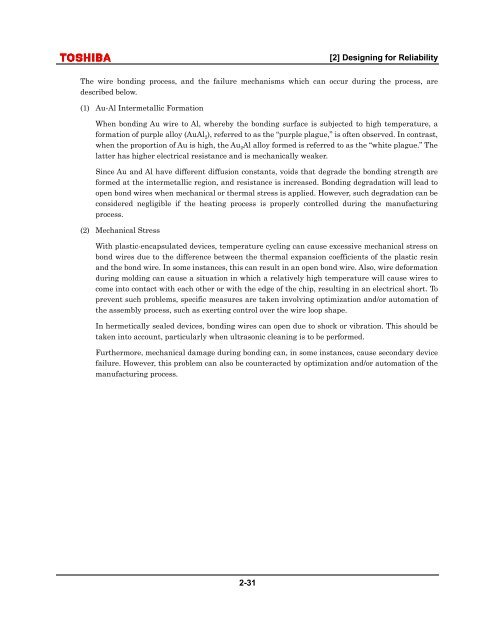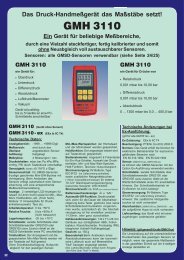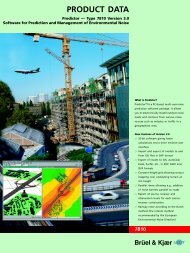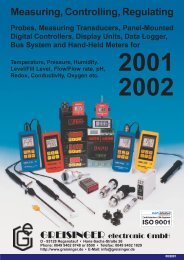1. Basic Concepts in Reliability Design - nl3prc
1. Basic Concepts in Reliability Design - nl3prc
1. Basic Concepts in Reliability Design - nl3prc
You also want an ePaper? Increase the reach of your titles
YUMPU automatically turns print PDFs into web optimized ePapers that Google loves.
[2] <strong>Design</strong><strong>in</strong>g for <strong>Reliability</strong>The wire bond<strong>in</strong>g process, and the failure mechanisms which can occur dur<strong>in</strong>g the process, aredescribed below.(1) Au-Al Intermetallic FormationWhen bond<strong>in</strong>g Au wire to Al, whereby the bond<strong>in</strong>g surface is subjected to high temperature, aformation of purple alloy (AuAl 2 ), referred to as the “purple plague,” is often observed. In contrast,when the proportion of Au is high, the Au 2 Al alloy formed is referred to as the “white plague.” Thelatter has higher electrical resistance and is mechanically weaker.S<strong>in</strong>ce Au and Al have different diffusion constants, voids that degrade the bond<strong>in</strong>g strength areformed at the <strong>in</strong>termetallic region, and resistance is <strong>in</strong>creased. Bond<strong>in</strong>g degradation will lead toopen bond wires when mechanical or thermal stress is applied. However, such degradation can beconsidered negligible if the heat<strong>in</strong>g process is properly controlled dur<strong>in</strong>g the manufactur<strong>in</strong>gprocess.(2) Mechanical StressWith plastic-encapsulated devices, temperature cycl<strong>in</strong>g can cause excessive mechanical stress onbond wires due to the difference between the thermal expansion coefficients of the plastic res<strong>in</strong>and the bond wire. In some <strong>in</strong>stances, this can result <strong>in</strong> an open bond wire. Also, wire deformationdur<strong>in</strong>g mold<strong>in</strong>g can cause a situation <strong>in</strong> which a relatively high temperature will cause wires tocome <strong>in</strong>to contact with each other or with the edge of the chip, result<strong>in</strong>g <strong>in</strong> an electrical short. Toprevent such problems, specific measures are taken <strong>in</strong>volv<strong>in</strong>g optimization and/or automation ofthe assembly process, such as exert<strong>in</strong>g control over the wire loop shape.In hermetically sealed devices, bond<strong>in</strong>g wires can open due to shock or vibration. This should betaken <strong>in</strong>to account, particularly when ultrasonic clean<strong>in</strong>g is to be performed.Furthermore, mechanical damage dur<strong>in</strong>g bond<strong>in</strong>g can, <strong>in</strong> some <strong>in</strong>stances, cause secondary devicefailure. However, this problem can also be counteracted by optimization and/or automation of themanufactur<strong>in</strong>g process.2-31





